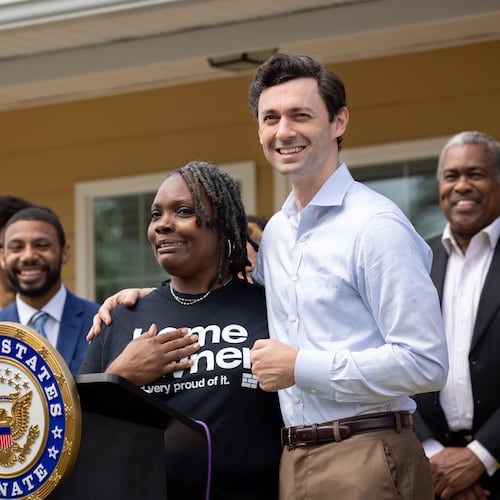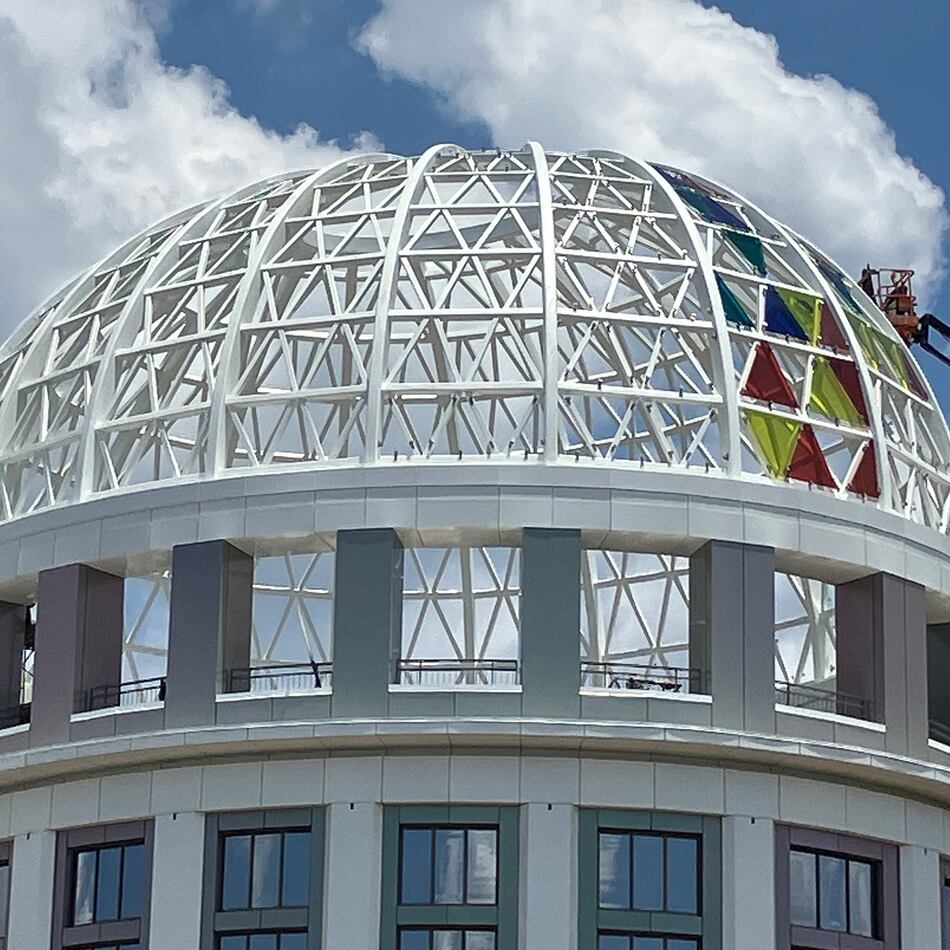When I read that the Georgia Department of Transportation was reviving a feasibility study on building a north-south tunnel under East Atlanta, I was confounded.
Our state’s transportation professionals should not spend scarce dollars to perpetuate the one strategy that has consistently failed to reduce traffic and congestion: adding more lanes.
Traffic studies from around the globe consistently confirm that adding more lanes makes traffic worse. Sure, we’ll get 12 months of less congestion for our $3.7 billion tunnel, but after that, more cars will speed in to take advantage of the new lanes.
Trying to fit more cars onto Georgia’s interstate system is like trying to stir more sugar into a Chick-fil-A sweet tea. You can pour and stir, but eventually it will all sink into a big pile at the bottom of the cup.
A perfect example of Georgia’s road-building heritage is I-285. In 1969, the Atlanta “Bypass” was christened by Gov. Lester Maddox. Four lanes (two in each direction), circling the city, were intended to route freight and through traffic.
By neatly diverting through traffic around the city, it could resume its journey on I-75 and I-85 without creating a logjam in the heart of the city. Forty years and 10 lanes later, I-285 is a national poster child for the modern traffic nightmare.
If Georgia would like to begin to solve the region’s transportation problems, it should follow the lead of Warren Buffett and make a true investment in our infrastructure. Buffet recently sunk $26 billion into the Burlington Northern Santa Fe railroad. When asked what compelled him to make such a massive investment (the largest in Berkshire Hathaway’s history) into a seemingly tired old business like a railroad, Buffett recited two primary reasons:
1. Rail is the most efficient and environmentally friendly way to move goods. A train can carry 2,000 pounds of goods 470 miles on just 1 gallon of diesel.
2. Its rights of way and 32,000-mile track system are virtually irreplaceable in today’s world.
As Ryan Gravel pointed out in his now famous 1999 thesis on the Beltline, Georgia has been practically gifted 22 miles of irreplaceable rights of way by Atlanta’s railroad heritage. A $2.7 billion investment in the Beltline would give people real public transit options when they arrive in Atlanta.
Georgia should forget about expanding our dysfunctional road system and steer that $3.7 billion of tunnel money into the Beltline. With the $1 billion left over, it could fund many other mass transit projects.
An investment in the Beltline will not yield returns overnight but will offer a sustainable investment in Georgia’s transportation future. Dollars invested in the Beltline will ultimately give Georgians true transportation options, conserving future gasoline costs and reducing our dependence on volatile foreign oil.
If Buffett was looking to invest in Georgia’s public transportation, I think he would immediately fund the Beltline’s $2.7 billion cost and make it happen in 10 years instead of 25. Then he’d go sip on a Chick-fil-A sweet tea and think about more difficult problems.
David Aynes lives in Atlanta.
About the Author
Keep Reading
The Latest
Featured


